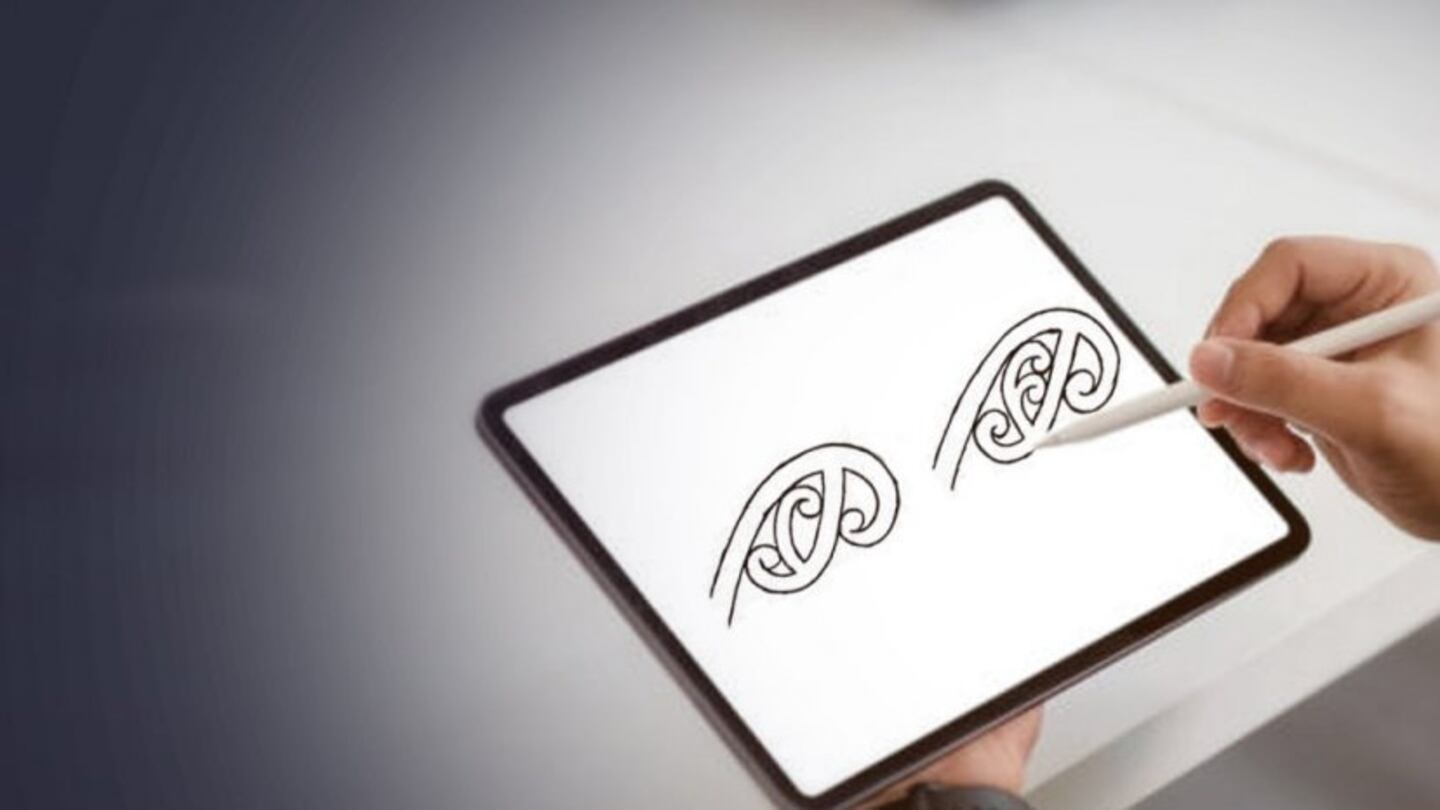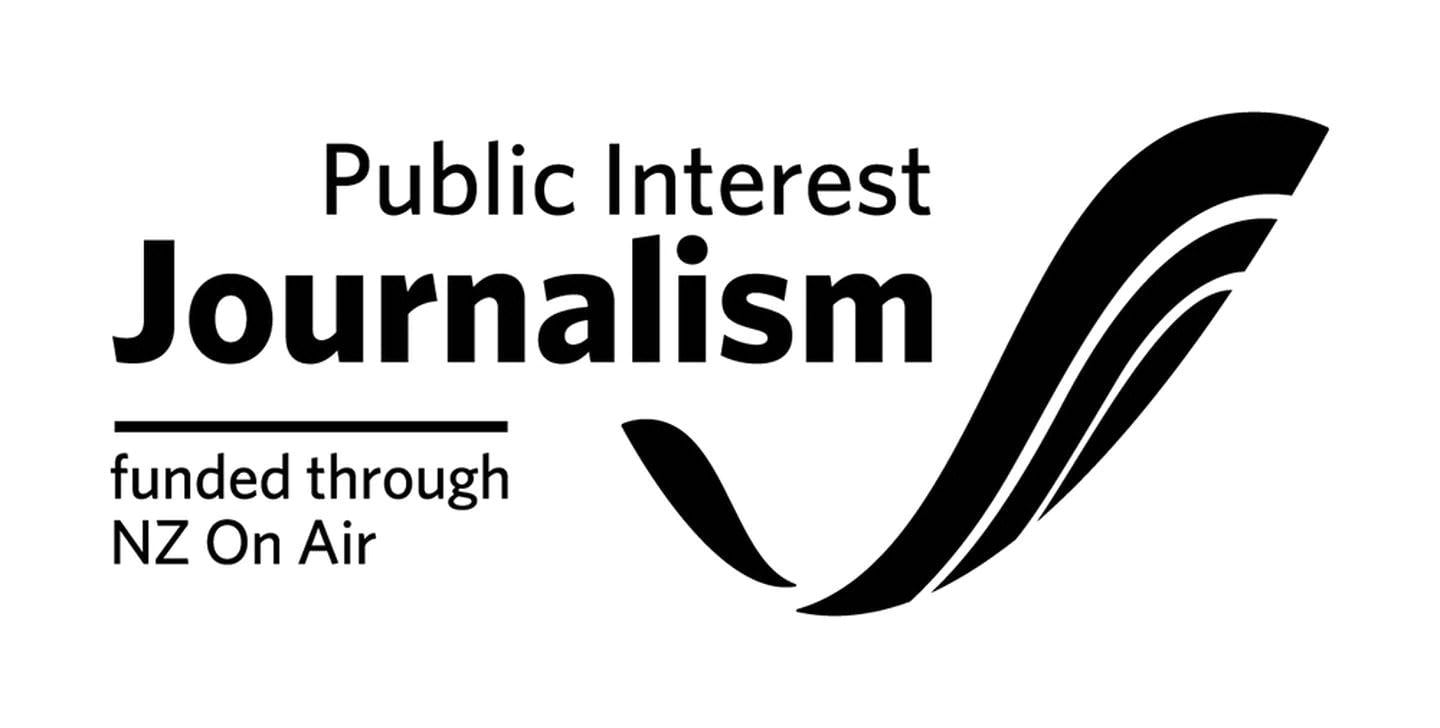More than 150 of the country's leading Māori artists have wrapped up a hui in Wellington to discuss the future of the Toi Māori sector.
Filmmaker and broadcaster Tainui Stephens says while the public reception of Māori artists and their respective contributions has improved in recent times, the industry is facing many challenges, including the constraints that come with government funding.
"One of the greatest highlights was the pitch or the statements that were made by several of our artists to the Crown agencies. And they said in very specific terms, and with great kaha, that they need to readdress matters of excessive compliance, and excessive bureaucracy. Ensure the funding and then get out of the way. It was a very strong message and was very powerful.
"As Sir Derek Lardelli said, if we aspire to te toi ngā rāngi, that level of excellence, kia purapura whetū o tātou whakaaro - we need to think that way. But most of all we need to be able to be let free to do what we do."
Another challenge Stephens says many artists face is protecting intellectual property in a quickly changing modern world.
"That's a very difficult thing to tie down, particularly when we're moving into an AI era. We have to think beyond the AI era and a post-Covid world and a post-truth world and find a new place for the arts."
Sir Derek Lardelli says while AI presents a new frontier for artists and new challenges, it is something that should be embraced and encouraged for the future of Māori.
New connections to the past
"Kaua e huri kē, haere tonu koe ki runga i te aitanga o te toi Māori e kōrero nei. He māramatanga hou, he ao hou, he mataaho hou tēnā e tiaho iho mai ki runga ki a tātou, ki o tātou mokopuna mō te ao hou e tū ake nei. Kaua e māharahara, kaua e takamaero engari huri hāngai tonu ki te wero i teao hou e tū nei."
(Don't shy away, take it on for the sake of Māori art. It's something new to understand, it's a new world and it's a new window that is shining light on us and our mokopuna from the new world. So don't be afraid, do become listless instead, take up the challenge presented by the new frontier.)
He also says new mediums for artists are also new ways of maintaining connections to the past where Māori art descends.
"Kei te mōhio tonu au kei hea a Tūauriuri, kei hea a Tūāteatea, engari kei te anga whakamua ki te aronui o te rā. Kei reira o tātou tīpuna e whanga mai ana ki a tātou. Ko te ao o Hawaiki Hou kei mua i a tātou. Kei te pai a Hawaiki Nui, Hawaiki Roa Hawaiki Pāmamao. Engari ko Hawaiki Hou te aho hou o a tātou tamariki, koinā te tino o te rā nei."
(I understand where we've come from in the past and all the knowledge passed down, but I also know that we have to live in the present. That is where our tīpuna are waiting for us. A new Hawaiki is ahead of us. The Hawaiki we already know are finished but the new Hawaiki is what our children will hold on to and that is what we should be embracing now.)




